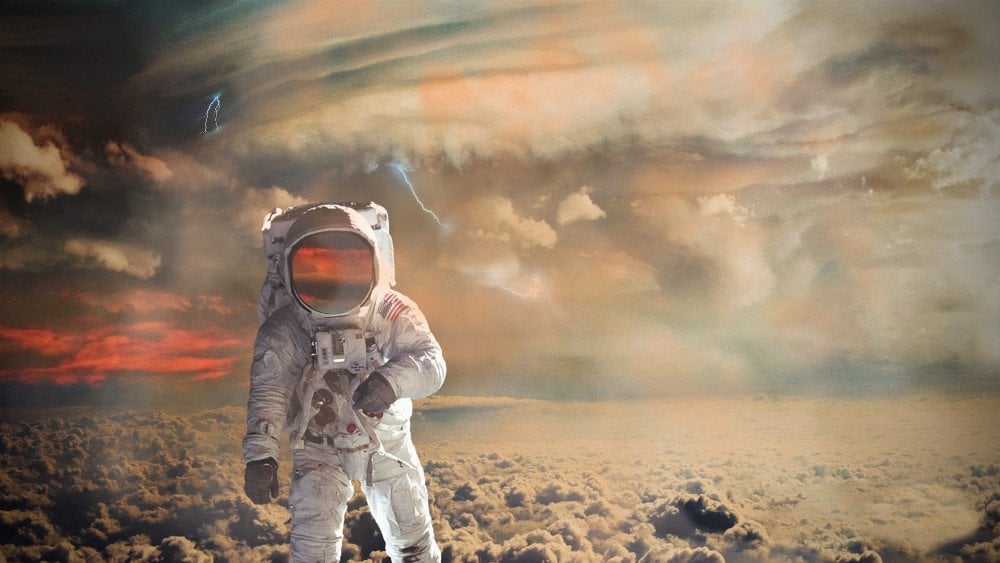Have you ever wondered what it would be like to explore the outer reaches of our solar system? Have you ever dreamed of visiting the mysterious planet of Jupiter? Well, today is your lucky day! So why late? Put on your own space suit and take a seat in Awais Mughal's space craft. Because today I am taking you on an exciting journey to Jupiter.
Jupiter is the fifth planet from the Sun and the largest planet in the Solar System. It is a gas giant, composed mostly of hydrogen and helium. Jupiter is the most massive planet in the Solar System and has a diameter of 142,984 km, making it 11 times wider than Earth. It has a mass of 1.8986×10^27 kg, which is 318 times the mass of Earth.
Jupiter has a very strong magnetic field, which is 20,000 times stronger than Earth's. This magnetic field is generated by the planet's rotation and its internal heat. The magnetic field protects the planet from the solar wind and cosmic rays.
Jupiter has 79 known moons, the four largest of which are Io, Europa, Ganymede, and Callisto. These moons are believed to have been formed from the same material as the planet itself. They are all composed of rock and ice and have their own unique features.
Jupiter's atmosphere is composed mostly of hydrogen and helium, with traces of methane, ammonia, and water vapor. The atmosphere is divided into several layers, with the uppermost layer being the most visible. This layer is composed of clouds of ammonia and water vapor, which give the planet its characteristic striped appearance.
Jupiter's Great Red Spot is a large storm system that has been raging for centuries. It is believed to be a giant hurricane-like storm, with winds reaching speeds of up to 400 km/h. The storm is so large that it can be seen from Earth with the naked eye.
Jupiter is also home to some of the most spectacular auroras in the Solar System. These auroras are caused by the interaction of the planet's magnetic field with the solar wind. The auroras are visible from Earth and can be seen in different colors, depending on the type of particles that are interacting with the magnetic field.
Jupiter is also home to some of the most interesting features in the Solar System. The planet has a ring system, composed of dust and small particles, which is visible from Earth. The rings are believed to be the remains of a destroyed moon that once orbited the planet.
Jupiter is also home to some of the most interesting moons in the Solar System. Io is the most volcanically active moon in the Solar System, with over 400 active volcanoes. Europa is believed to have a subsurface ocean of liquid water, which could potentially harbor life. Ganymede is the largest moon in the Solar System and is believed to have a subsurface ocean of liquid water.
Conclusion:
Our journey to Jupiter has been an exciting one, filled with fascinating facts and features. From its strong magnetic field to its spectacular auroras, Jupiter is a truly remarkable planet. Its moons are also fascinating, with Io being the most volcanically active and Europa potentially harboring life. So why late? Put on your own space suit and take a seat in Awais Mughal's space craft. Because today I am taking you on an exciting journey to Jupiter.

